TechRadar Verdict
The A7R IV proves that Sony is still very much on a roll with its Alpha line. While a handful of niggles from previous models remain, the class-leading pixel count, revamped Pixel Shift Multi Shooting mode and autofocusing improvements in particular show the company continuing to innovate, and push further in all the right directions. And, while it's not cheap, it commands less of a premium than previous Alpha models when you consider just what you're getting here.
Pros
- +
Great handling with improved ergonomics
- +
Very fast and intelligent AF system
- +
Bright, sharp and high-contrast viewfinder
- +
Excellent 4K video quality
- +
Pixel Shift Multi Shot capable of superb detail
- +
Well-behaved metering system
Cons
- -
Some AWB and focus issues
- -
Rolling shutter noticeable in videos
- -
Mode dial more awkward to access than before
- -
Touchscreen could be better
- -
No in-camera raw processing
- -
No motion correction in Pixel Shift mode
Why you can trust TechRadar
Sony has spent much of the past year proving just how seriously it’s taking the needs and demands of enthusiast and pro photographers.
It updated its flagship compact proposition with the RX100 VII, while the Alpha A6400, Alpha A6100, and Alpha 6600 gave enthusiasts looking for a mirrorless camera many places to turn for their next models.
Lens releases have ranged from the teeny FE 35mm f/1.8 through to the Sony FE 600mm F4 GM OSS behemoth, with many in between, while new firmware updates have improved autofocus performance across its most popular cameras, such as the A9 and Alpha A7R III.
And now Sony has launched the A7R IV, a 61MP full-frame addition to its Alpha portfolio, and a follow-up to the 42MP Alpha A7R III. It’s rare to see such a jump in pixel count between two generations of models, but then Sony isn't a company that tends to do things by halves when it comes to camera releases.
Furthermore, the move is perfectly in line with the company’s ambition to grab the number one spot for full-frame interchangeable-lens cameras worldwide – something it already claims to have achieved in the US.
Features
- 61MP back-illuminated full-frame sensor
- 4K video recording to 24 and 30p
- 5-axis sensor-based stabilization (5.5EV stops maximum)
Sensor resolution may have taken something of a back seat to improvements to performance in other areas in recent years, but the ‘R’ line has always been about resolution, and it's unquestionably the main pull of this new model.
Sensor: 61MP full-frame, back-illuminated Exmor CMOS sensor (62.5MP total)
Lens mount: Sony FE
Screen: 3-inch tilting touchscreen, 1,440,000 dots
Burst shooting: 10fps (with AF and AE)
Autofocus: Fast Hybrid AF system with 567 phase-detect and 425 contrast-detect AF points
Video: 4K to 30p
Connectivity: Wi-Fi, Bluetooth, NFC, USB 3.2 (Type C), Micro USB, HDMI Micro (Type D)
Battery life: 530 / 670 shots (Viewfinder and LCD)
Dimensions: 128.9 x 96.4 x 77.5mm
Weight: Approx. 578g (with battery and card)
The 63MP sensor outputs 61MP images as standard and, as with the sensor inside the previous A7R III, boasts a back-illuminated design for better light-gathering power. Sony promises up to 15EV stops of dynamic range from the sensor, which is also what it promised for the A7R III.
As is now standard on Sony models of this caliber, SteadyShot Inside image stabilization has also been incorporated into the body. This promises a maximum 5.5EV-stop compensatory effect, and is happy soldier on whether you're shooting stills or capturing videos.
This system is also behind the Pixel Shift Multi Shift shooting mode, a feature we saw previously but one that's been given a significant boost here. This captures a series of images that can be subsequently merged to create a single, super-high-resolution file.
So what's different? Whereas the A7R III was able to capture images destined for 169.6MP composites, with its higher-resolution sensor the A7R IV promises to deliver files at a staggering 240MP. The catch is that this can't be done in-camera; you need to use the Imaging Edge software suite that's bundled with the camera.
Sony has furnished the model with the latest iteration of its BIONZ X Processing engine, and states that Advanced Detail Reproduction Technology and Area-specific Noise Reduction have been tweaked to take the sensor's high resolution into account.
The processor also allows the camera to capture images at a rate of 10fps with autofocus and auto-exposure enabled; while not quite class-leading, that's still very impressive when you consider the higher sensor resolution here.
Sometimes you'll need 61MP images less that you will extra reach from your lenses, and the good news is that the Sony A7R IV will let you shoot in an APS-C crop mode (1.5x crop factor), with resulting images output at 26.2MP. This is another feature that has existed before, but it's been upgraded here with increased output resolution. APS-C lenses can also be used on the body if you have any of these, with images again output at this resolution.

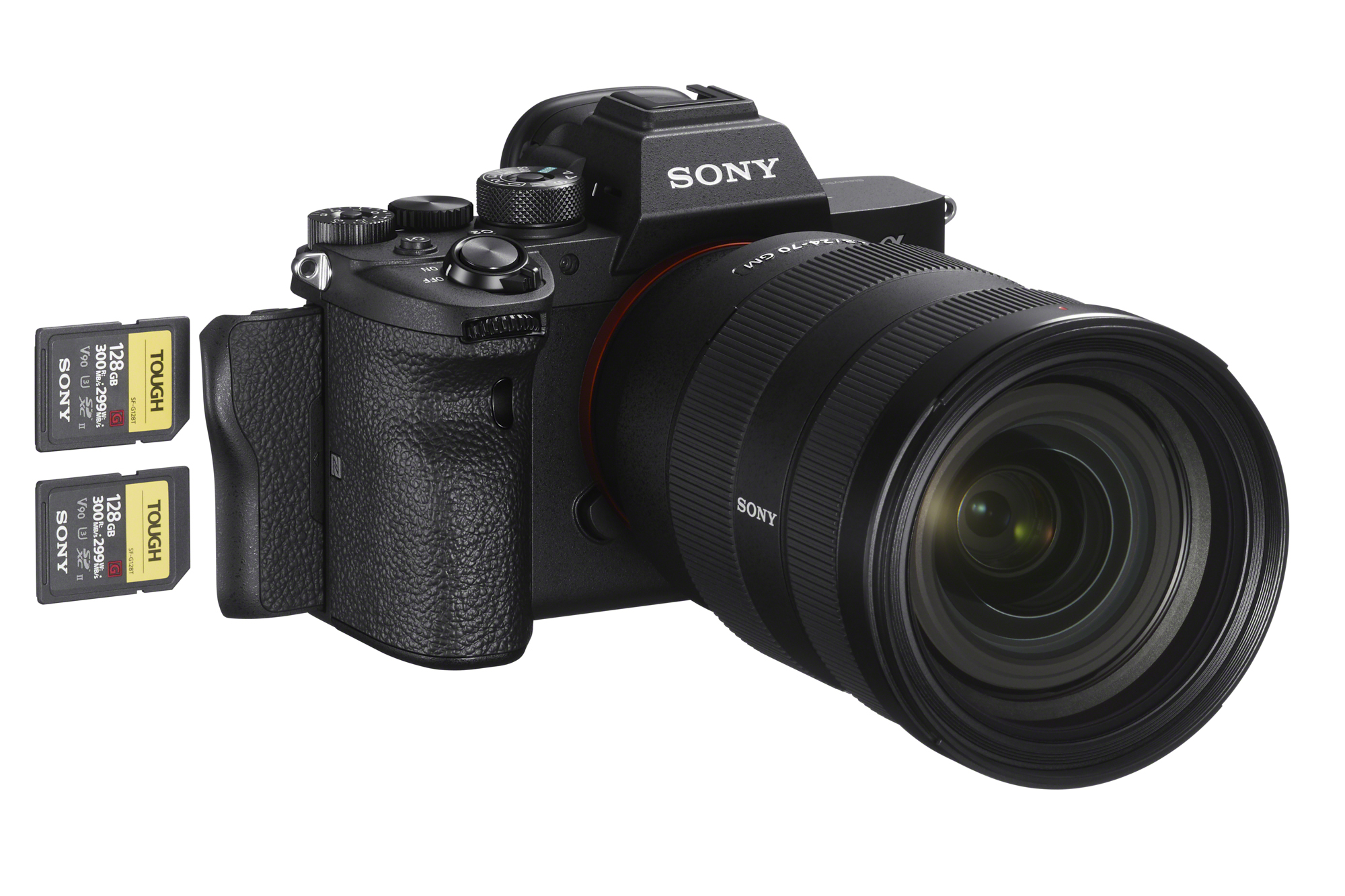
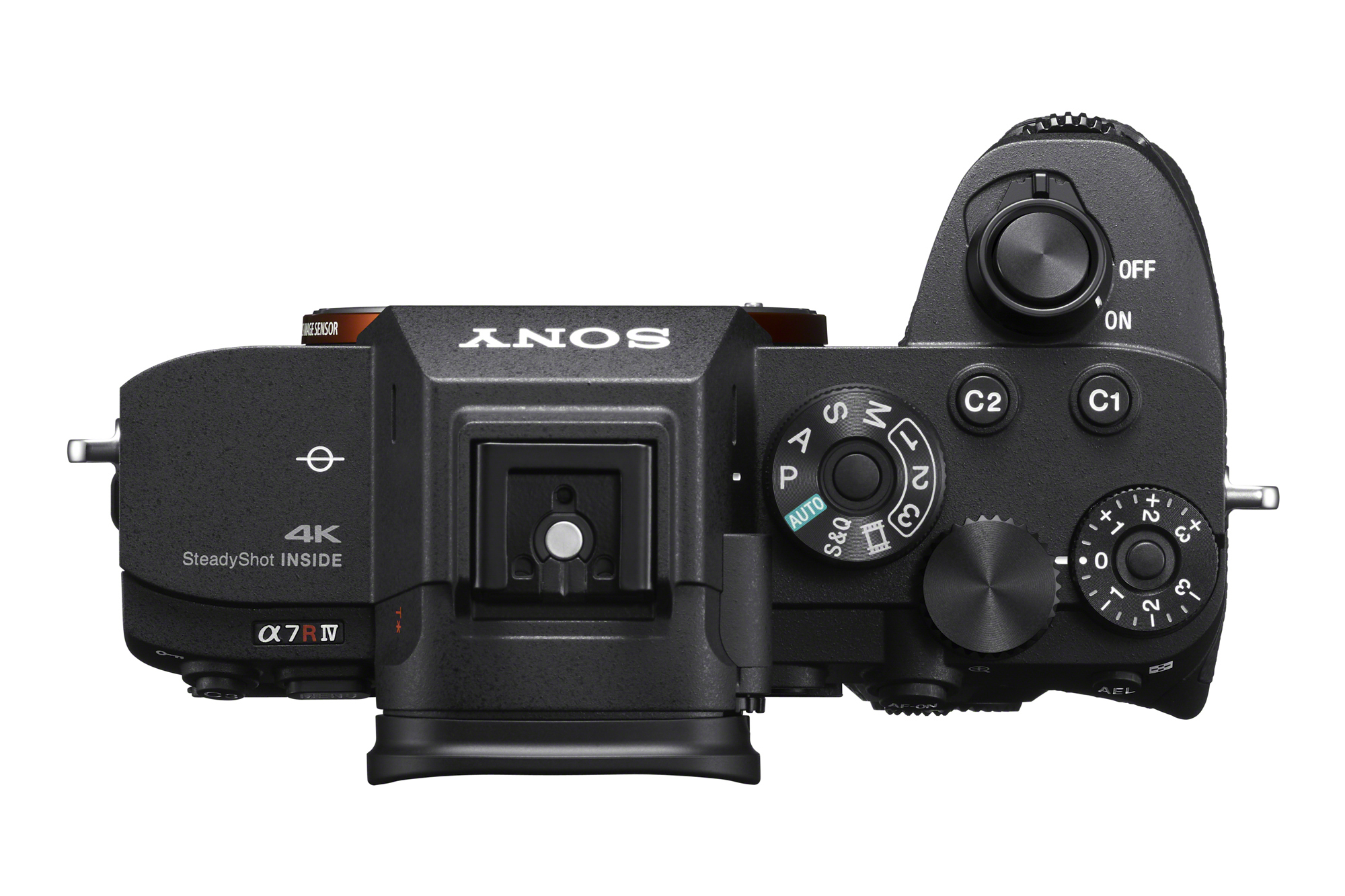
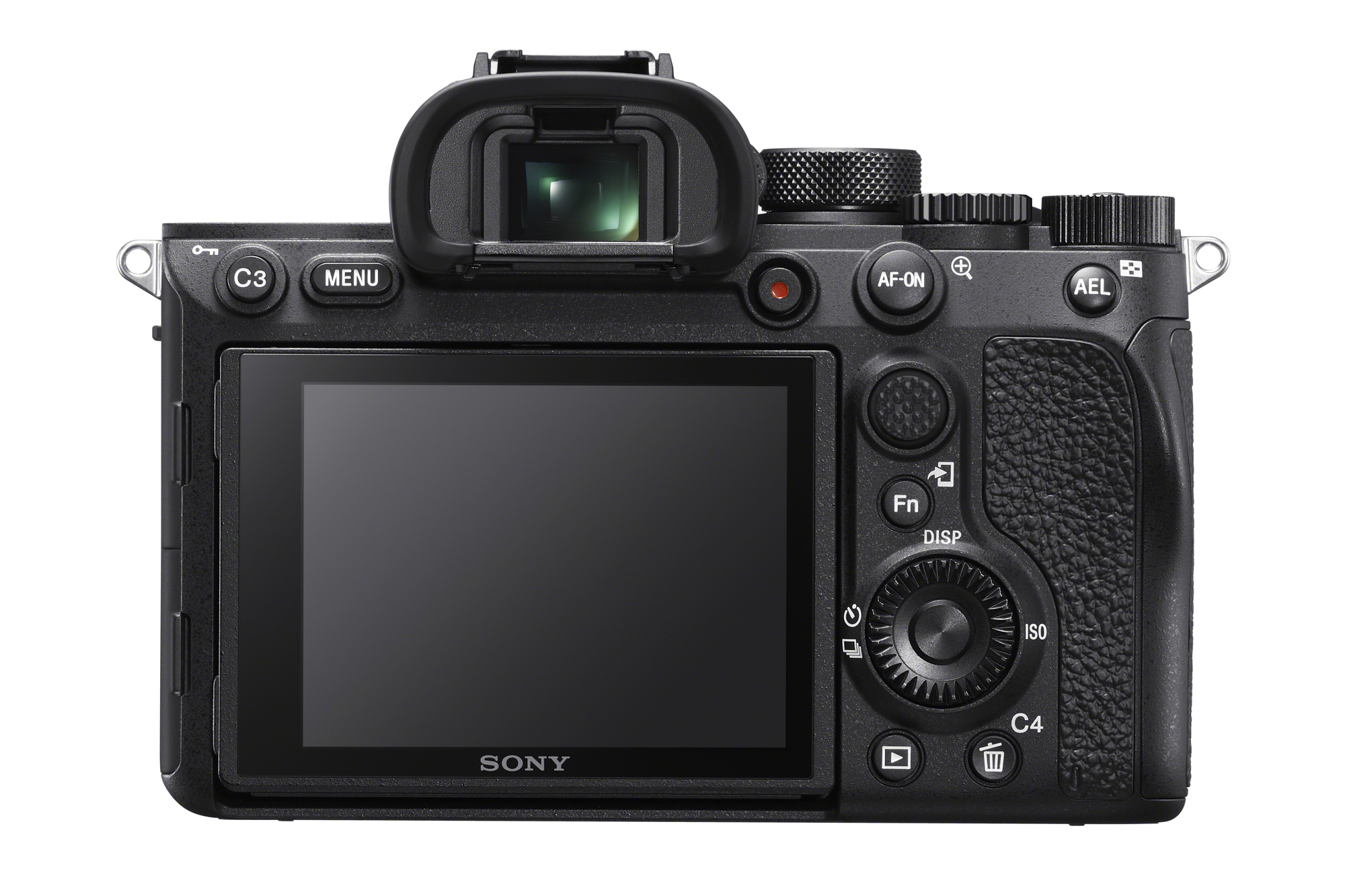

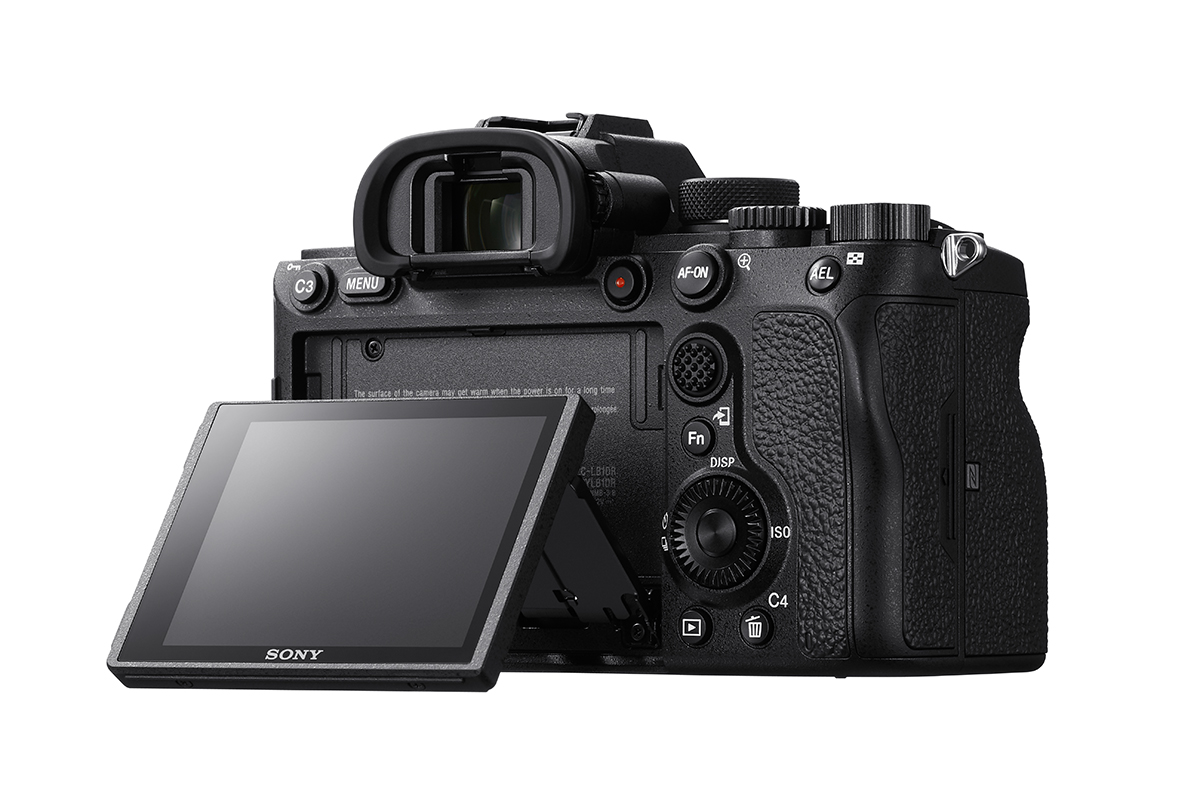
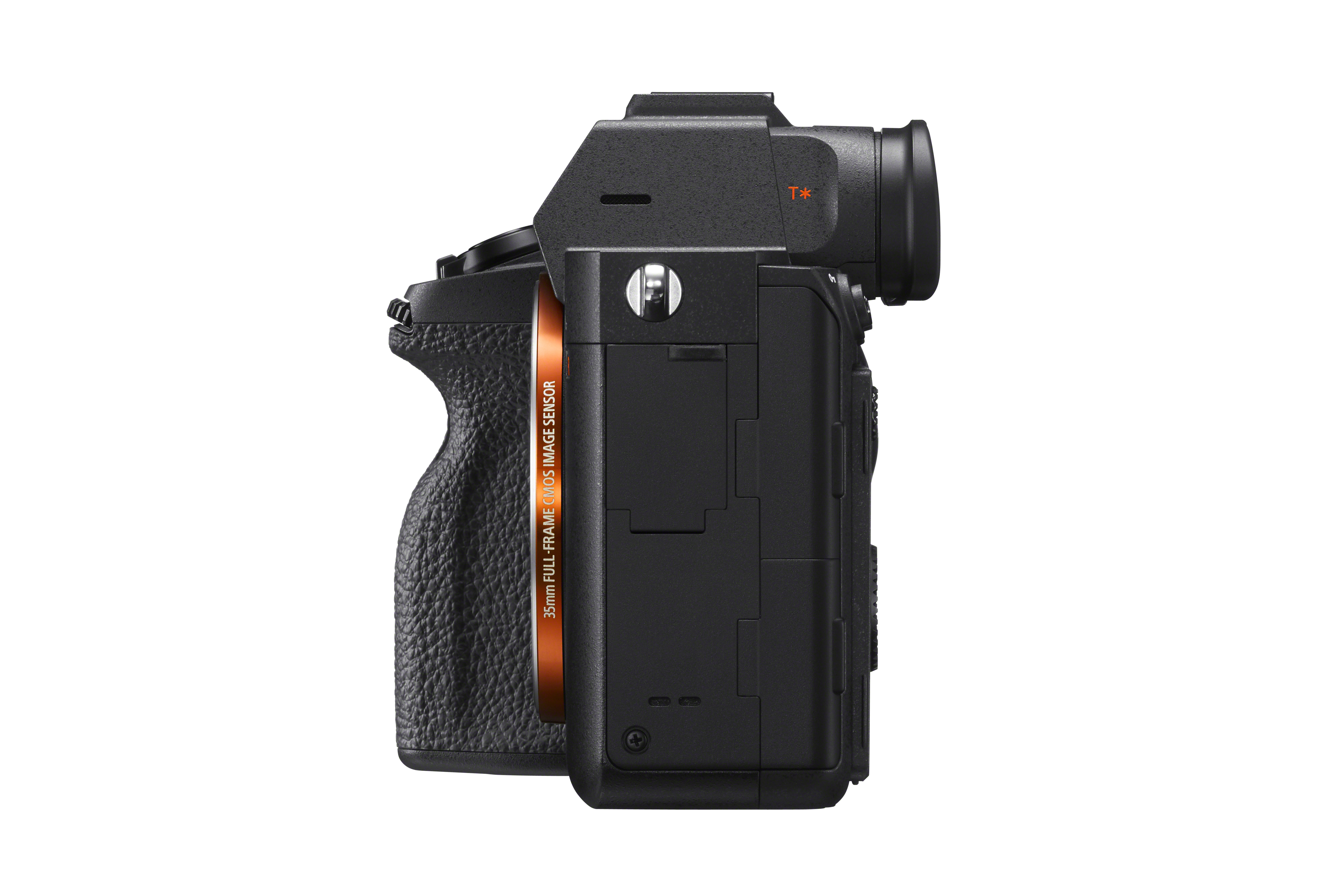

The sensor and processor also work together to capture 4K videos to a maximum 30p, which can be captured in both full-frame and Super 35mm formats. When using the latter, the camera records 6K footage with full pixel readout and no pixel binning to help improve the quality of footage, before downscaling this to 4K.
Video recording is supported by a raft of further features, from an HLG (Hybrid Log Gamma) picture profile and both S-Log2 and S-Log3 gamma curves through to the previously seen Gamma Display Assist function, support for Time Code IN/OUT, zebra and clean HDMI output.
With video, perhaps the biggest change from before is the adoption of a new Multi Interface Shoe on the top plate, which allows for audio to be recorded digitally. You can do this with the ECM-B1M shotgun microphone that was announced alongside the A7R IV, although you can still record audio through a 3.5mm port on the camera's side if you already have a mic with this connection; a 3.5mm headphone port allows you to monitor audio as it's being recorded.

Another key change from the A7R III concerns the viewfinder. It's still a 0.5-inch electronic viewfinder with an OLED panel that refreshes at up to 120fps (or 100fps in PAL regions), and has a magnification of 0.78x in 35mm terms, but the resolution has leapt from 3.69 million dots to 5.76 million dots.
The rear display beneath it, however, has stayed the same, measuring three inches in size and with a resolution of 1.44 million dots. Once again this can be tilted up and down for shooting from awkward angles and can be controlled by touch, although touchscreen operation is a little more limited here than it is on some rival cameras.
Like the A7R III, the A7R IV has a pair of SDHC/SDXC card slots around its side, and Sony has ensured that both slots support UHS-II cards (the A7R III only had both UHS-I and UHS-II support in one slot, and just UHS-I support in the other).
Battery life has also been improved, with around 530 shots able to be captured when using the viewfinder, and around 670 when using the LCD screen – as always, these are CIPA figures that are fairly conservative compared to what will actually be achievable by the average photographer.
- The 10 best mirrorless cameras you can buy right now
- Check out our guide to the world's best cameras for photography
